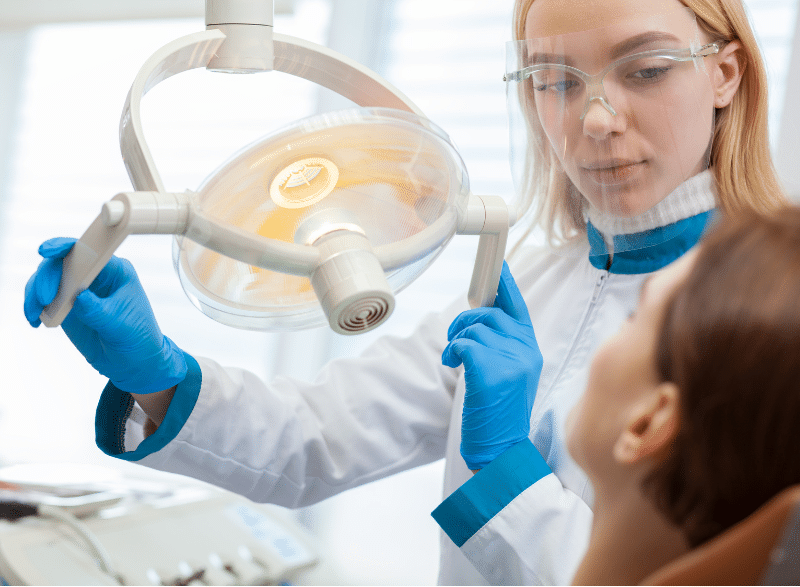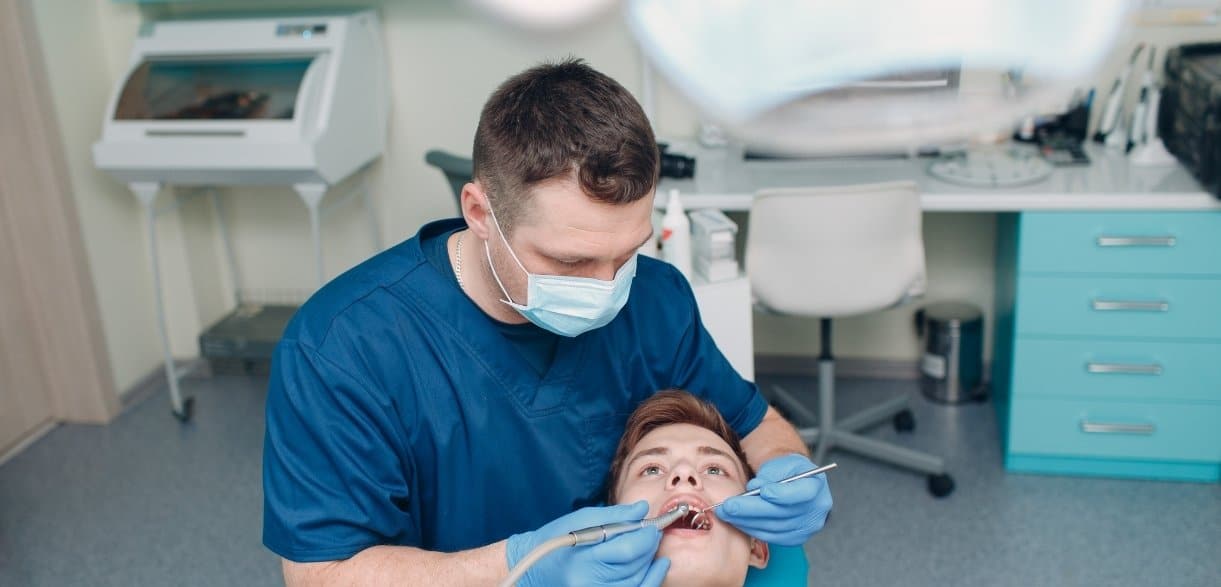
Life tends to present us with unforeseen challenges, and dental emergencies are certainly no exception. Knowing how to respond promptly in dental emergencies, such as a sudden toothache or a knocked-out tooth, can greatly impact the preservation of your oral health. In this blog post, we will discuss important guidelines on how to handle a dental emergency. Let’s equip ourselves with knowledge, ranging from common issues to proactive measures so that we can confidently confront any unexpected situations and safeguard our smiles.
Now, let’s discuss the ways to respond to various kinds of dental emergencies.
Stay Calm and Assess the Situation:
The primary guideline in any emergency is to stay calm. Engaging in panic can worsen the situation and impede your capacity to make logical decisions. Start by evaluating the seriousness of the dental problem. Is it a persistent toothache, a fractured tooth, or a tooth that has been knocked out? To effectively respond to the emergency, it is crucial first to understand its nature. This understanding will then help you determine the appropriate steps to take.
Persistent Toothache:
A persistent toothache can be a sign of an underlying issue, such as an infection or dental decay. Rinse your mouth with warm water to clean the area, and use dental floss to remove any debris that may be causing discomfort. Avoid placing aspirin or any other painkiller directly on the gum, as it may cause damage. Contact your dentist promptly to schedule an appointment and discuss your symptoms.
Broken or Chipped Tooth:
If you have broken or chipped a tooth, try to gather any broken pieces, if they are available. To properly clean your mouth and the broken pieces, rinse them both with warm water. In the event of bleeding, gently apply gauze to the affected area while exerting light pressure. To alleviate swelling, gently apply a cold compress to the exterior of your mouth. Please contact your local dental clinic right away and provide them with details about the incident as well as any symptoms you may be experiencing.
Knocked-Out Tooth:
A knocked-out tooth requires swift action to increase the chances of successful re-implantation. Hold the tooth by the crown (the visible part) and avoid touching the roots. Run a little water over the tooth if it’s dirty. Avoid scrubbing or using soap. Try to reinsert the tooth into its socket, holding it in place by gently biting down on a clean piece of gauze. If reinsertion isn’t possible, place the tooth in a container of milk or your saliva and seek immediate dental attention. Time is crucial in preserving a knocked-out tooth.
Lost Filling or Crown:
If a filling or crown falls out, clean the affected area and attempt to reattach the restoration using dental cement, which is available at most pharmacies. Avoid using regular glue or any other non-dental adhesives, as they can cause further damage. Schedule an appointment with your dentist to address the issue and prevent additional complications.
Orthodontic Emergencies:
Individuals who have braces or other orthodontic appliances may encounter emergencies, such as broken wires or brackets. If a wire is poking into your cheek or causing discomfort, try gently moving it away with a cotton swab. If a bracket becomes loose, use orthodontic wax to secure it temporarily. Contact your orthodontist to schedule a repair appointment and discuss the issue.
Dealing with Swelling:
Swelling in the mouth or face can be indicative of infection or another serious issue. Use a cold compress on the outside of the affected area to reduce swelling. Avoid applying heat, as it can exacerbate inflammation. Contact your dentist immediately, providing details about the swelling and any accompanying symptoms.
Preparing for Dental Emergencies:
While we can’t predict when a dental emergency will occur, we can take proactive measures to be better prepared. Maintain regular dental check-ups to identify and address potential issues early on. Keep a dental first aid kit at home, including gauze, a small container with a lid, dental cement, and orthodontic wax. Additionally, know your dentist’s emergency contact information and have it readily accessible.
Dental emergencies can be unsettling, but with the right knowledge and a calm approach, we can navigate these situations effectively. From toothaches to knocked-out teeth, each scenario requires a unique response. Remember, quick action and timely communication with your nearby dentist are key to minimizing potential long-term consequences. By staying informed and prepared, we empower ourselves to face the unexpected and protect our oral health.



